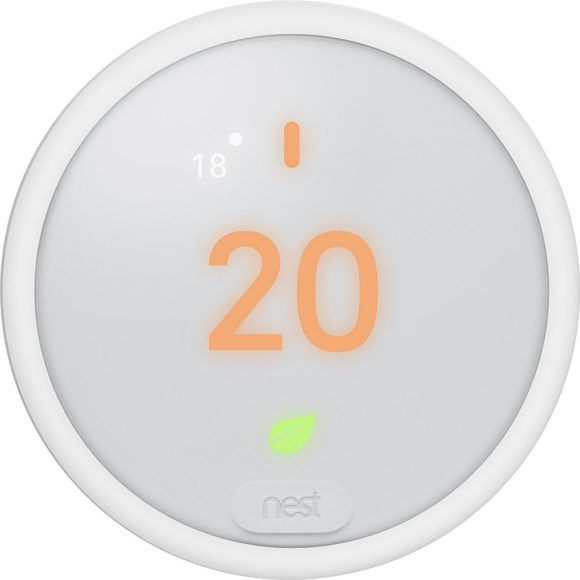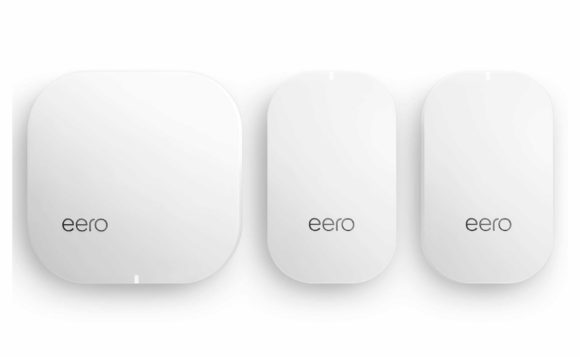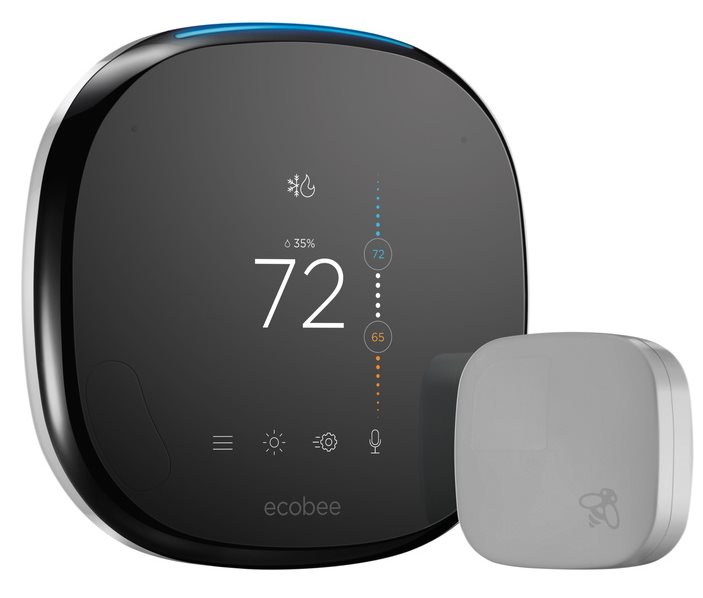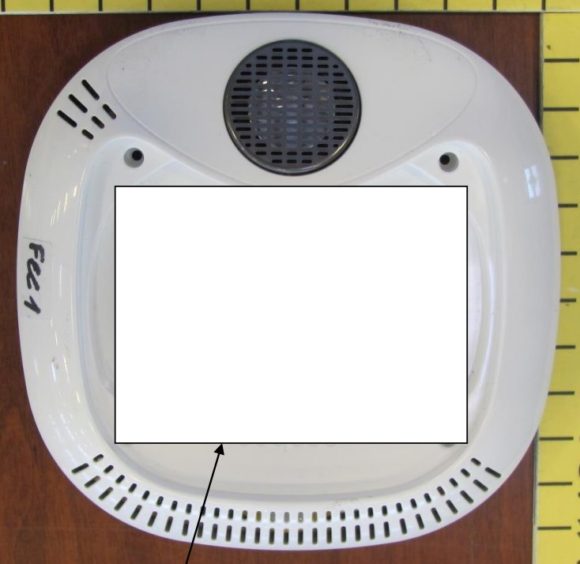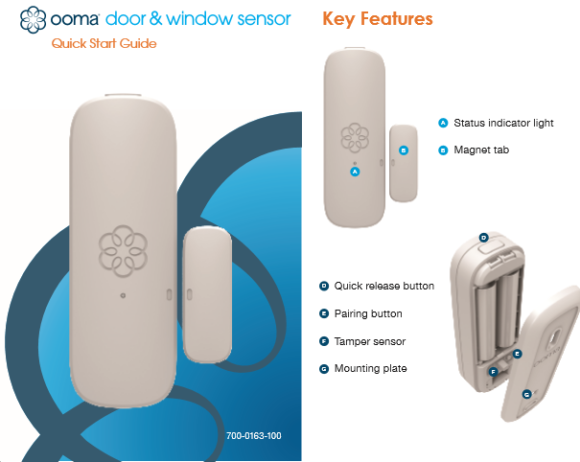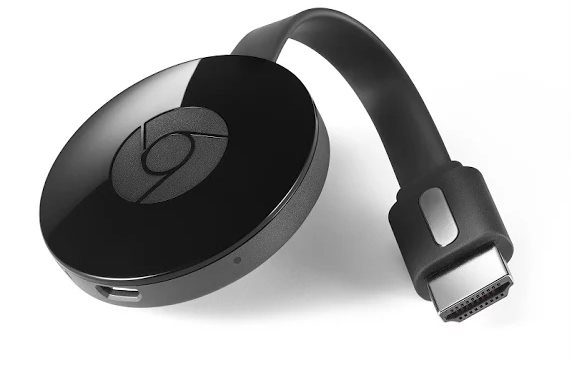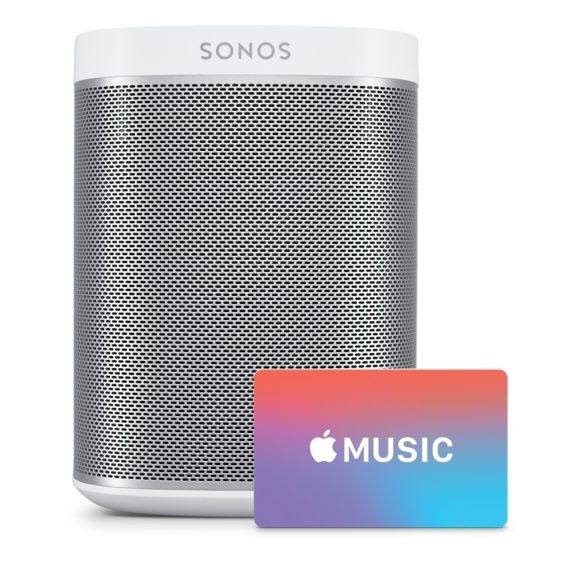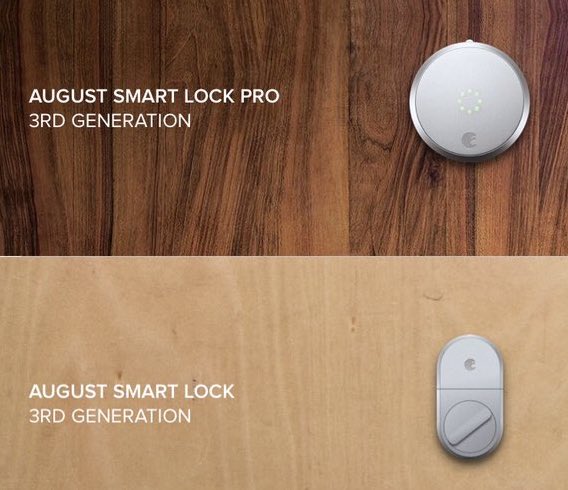
We’ve been tracking new August Smart Home hardware for months … and the company’s plans are starting to coalesce, given some tipster-provided imagery. As with Nest, August intends to expand downmarket this fall with what appears to a lower-end smart lock that (primarily?) lacks the premium Yves Behar industrial design and light effects. However, like Nest, they’ll also be offering a more upscale and capable product for those so inclined in the August Smart Lock Pro. Beyond carrying forward the prior generation’s form factor, I’m hopeful they’ve managed to slim down the bulk (depth-wise) with this go around. And, on the technical end, both the company and requisite FCC filing indicate Z-Wave will be joining Bluetooth within the August Smart Lock Pro for expanded IoT interoperability.
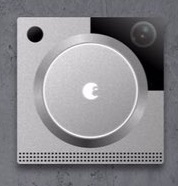 The August doorbell camera will also see a slight refresh in the near future, although concrete details are a bit murkier. The perforations have clearly been relocated, but it otherwise retains its blocky form. Perhaps the video resolution or field of view will see bumps to better match the competition. Along with the new locks and doorbell cam, a feature called “doorsense” will likely launch – one we suspect is related to indoor package delivery.
The August doorbell camera will also see a slight refresh in the near future, although concrete details are a bit murkier. The perforations have clearly been relocated, but it otherwise retains its blocky form. Perhaps the video resolution or field of view will see bumps to better match the competition. Along with the new locks and doorbell cam, a feature called “doorsense” will likely launch – one we suspect is related to indoor package delivery.
